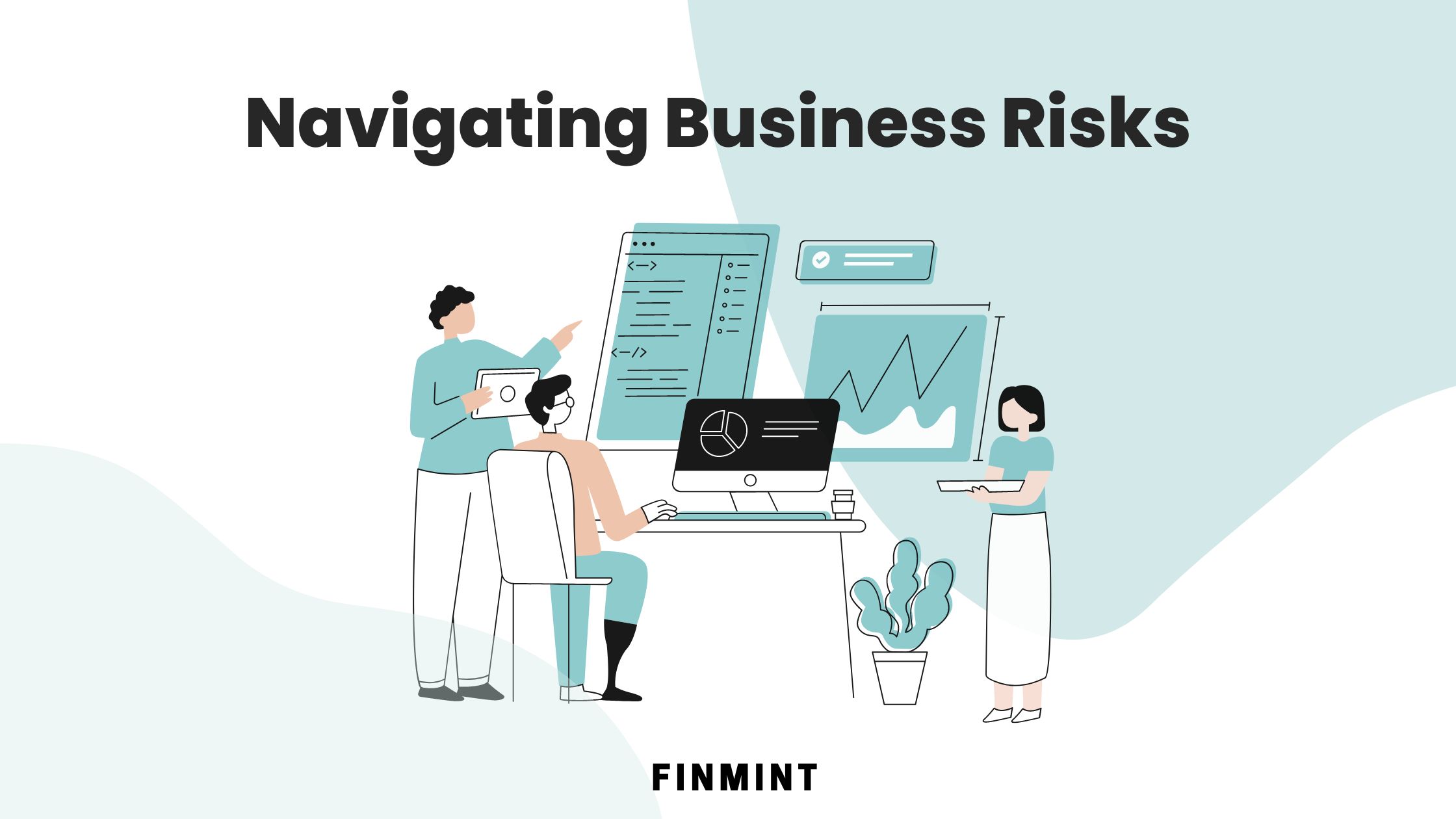Starting a business is an exciting and rewarding endeavor, but it also entails some inherent risks. From changing economic and market to competition and regulatory changes, as an entrepreneur, you are faced with a multitude of challenges and uncertainties. Understanding and managing these risks is essential for the success of your business.
In this article, we’ll explore the different types of business risks, how to assess and mitigate them, and explore best practices for managing them over time.
Types of Business Risks:
There are several types of risks that businesses face. Understanding each type can help entrepreneurs prepare for and respond to potential challenges. The most common types of business risks include:
Financial Risks: These include factors such as cash flow issues, debt levels, and unexpected expenses. For example, if a business relies heavily on one client or customer for revenue, they could be at risk if that client or customer goes out of business.
Operational Risks: These risks include issues related to day-to-day operations, such as supply chain disruptions, employee turnover, and technology failures. For example, a company that relies on a single supplier for a critical component could face significant risks if that supplier experiences production delays or quality issues.
Strategic Risks: These risks involve decisions related to a company’s overall strategy and direction. For example, if a company fails to adapt to changes in the market or doesn’t invest in new technology, they could face long-term risks to their competitiveness.
External Risks: These risks come from outside the company, such as changes in consumer behavior, economic conditions, or government regulations. For example, a business that relies heavily on exports could be at risk if new trade barriers are put in place.
Assessing Business Risks:
Once you understand the different types of business risks, the next step is to assess the likelihood and potential impact of each risk. There are several tools and techniques entrepreneurs can use to conduct a risk assessment, including:
SWOT Analysis: This is a tool that helps businesses identify their strengths, weaknesses, opportunities, and threats. It can be used to assess both internal and external risks.
Risk Matrix: This is a visual tool that helps businesses prioritize risks based on their likelihood and potential impact.
Scenario Planning: This involves developing and testing different scenarios to prepare for potential risks. For example, a business could create a plan for how they would respond to a major supply chain disruption or a sudden drop in demand for their product.
Mitigating Business Risks:
Once you’ve assessed the risks facing your business, the next step is to take action to mitigate them. There are several strategies that entrepreneurs can use to reduce the likelihood and potential impact of risks, including:
Risk Avoidance: This involves avoiding activities or decisions that could create risks for the business. For example, a company could avoid investing in a new market until they have a better understanding of the risks involved.
Risk Reduction: This involves taking steps to reduce the likelihood or potential impact of risks. For example, a business could diversify their supplier base to reduce the risk of supply chain disruptions.
Risk Transfer: This involves transferring the risk to another party, such as an insurance company or a contractor. For example, a business could purchase insurance to protect against losses from a natural disaster.
Risk Acceptance: This involves accepting the risk and developing a plan to manage it. For example, a business could develop a contingency plan to respond to a sudden drop in demand for their product.
Managing Business Risks:
Managing business risks is an ongoing process that requires monitoring and reassessment over time. To effectively manage risks, entrepreneurs should:
Monitor Risks: Regularly review the risks facing your business and the effectiveness of your risk management strategies. Use data and analytics to track and measure risk exposure, and adjust your approach as needed.
Build Resilience: Develop a culture of risk awareness and resilience within your organization. Encourage employees to report potential risks and provide training on how to respond to different types of risks.
Stay Informed: Stay up-to-date on industry trends, regulatory changes, and emerging risks that could impact your business. Join industry associations, attend conferences, and network with other entrepreneurs to stay informed.
Foster Innovation: Encourage innovation and creativity within your business to help you stay ahead of the curve and adapt to changing market conditions. Experiment with new products, services, and business models to identify new opportunities and mitigate risks.
Conclusion:
Business risk is an inherent part of entrepreneurship, but it doesn’t have to be a roadblock to success. By understanding the different types of risks, assessing their likelihood and potential impact, and taking steps to mitigate and manage them, entrepreneurs can navigate the challenges of running a business with confidence. Remember to monitor risks over time, build resilience within your organization, stay informed about industry trends and emerging risks, and foster innovation to stay ahead of the curve. With a comprehensive approach to risk management, you can position your business for long-term success.

